Lacquer painting is one of the unique painting materials in Vietnam. It was discovered and developed from the technique of traditional Vietnamese handicraft painting. Appearing in many countries such as Japan and China, however, Vietnam's lacquer technique is completely different.
Similar to many other Vietnamese traditional occupations, lacquer painting was developed in Vietnamese rural villages, of which Ha Thai lacquer village is the most typical craft village that has been continuing to develop lacquer craft. Let's explore Ha Thai lacquer village, admire lacquer masterpieces and learn the basic technique to create complete products with Izitour in this article.
1. Getting to know Ha Thai Lacquer Village
Ha Thai lacquer village is located in Duyen Thai commune, Thuong Tin district, Hanoi. The old name of the traditional lacquer village is Cu Trang. Later, it was changed to Dong Thai village, and then to Ha Thai village. People in Ha Thai used to earn a living mainly by making crafts of painting gold-plated objects for kings and royals. Therefore, it was called by the name of the Village of offerings to kings.
Ha Thai lacquer was born in the 17th century, at that time, it was only a village with simple traditional painting craft. Although it is not the origin place of painting craft, Cu Trang village was home to many highly talented professional painters. Master Dinh Van Thanh, who was a lecturer at Indochina School of Fine Arts and also a Ha Thai villager, brought the lacquer craft technique to teach the Ha Thai people. Although lacquer craft was born later than other traditional village crafts, it marked an important change in the traditional painting profession, turning normal painting to a stunning art form thanks to the meticulousness and refinement in the process of creating unique art paintings.
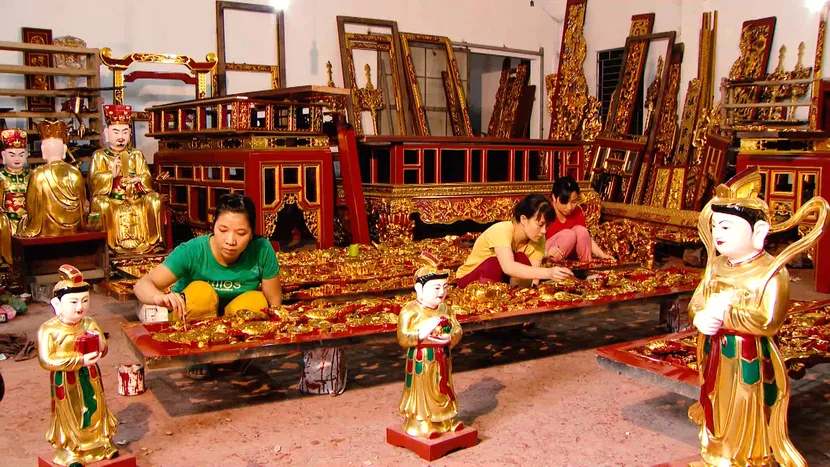
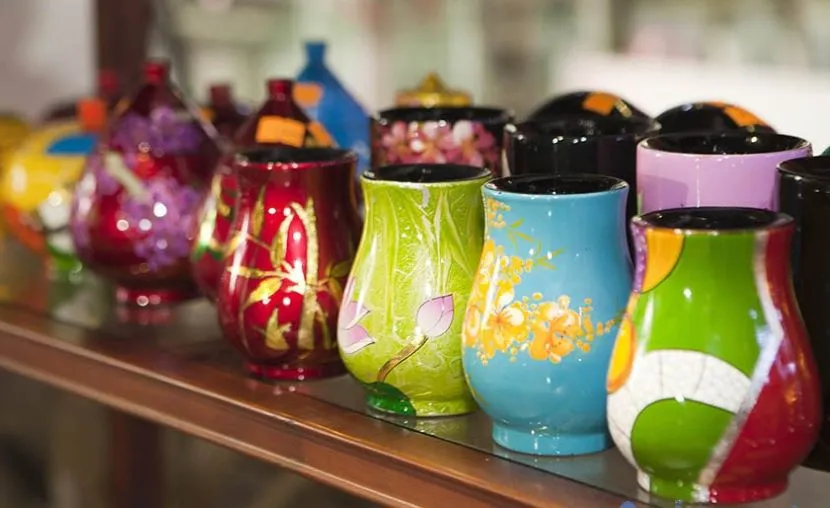
The colourful lacquerware are favourite Eastern decorations
2. Procedure of making Ha Thai lacquer
The craft of Ha Thai lacquer is very elaborate, including many different stages. Each step requires the craftsman to be really vigilant, careful and meticulous little by little. Because if it is done inaccurately, the lacquerwares will have no soul.
The main steps to create a lacquerware include:
- Creating Core
- Assembling
- Brushing the fabric
- Package
- Preparing the wood
- Cover the wood with fabric
- Testing
- Spray colour (or cover with silver)
- Make the deck shiny
However, the lacquer technique can be simply done in the 3 following stages: preparing wooden base, decorating, sanding and polishing.
2.1. Preparing the wooden base
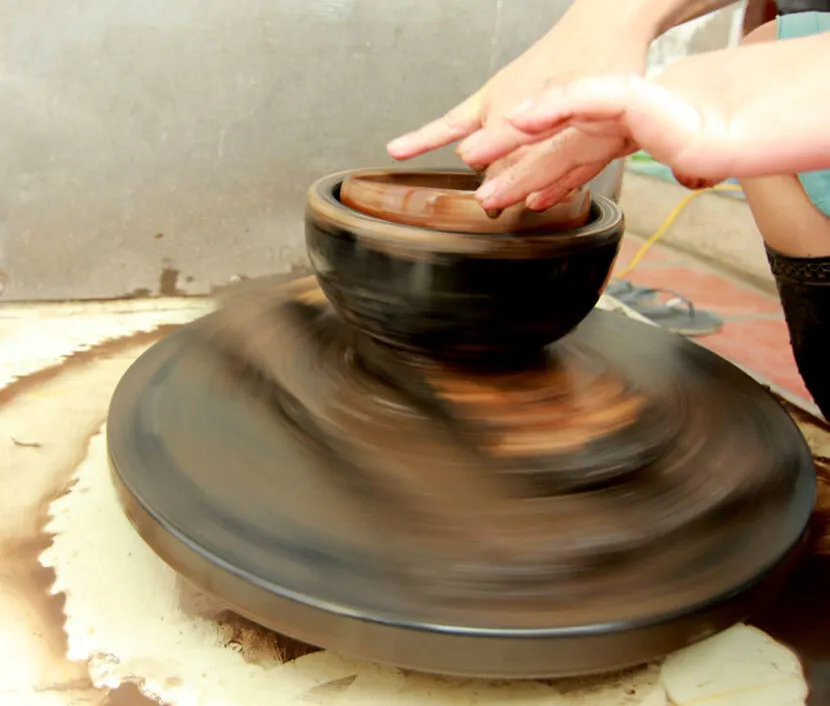
In the past, people used to use bait paper, a type of paper made from Do wood, to prepare the wooden base, so it was very tough and more durable than cloth. To prepare the wooden base, people used alluvial soil pounded with paper and then sealed the cracks of the wood. Today, craftsmen use stone powder mixed with paint instead of alluvial soil. Each layer of paint is lined with a layer of paper or fabric. After that, the mortise will be drilled and re-drilled to install and paint the horizontal wood ties to prevent tearing along the fabric. Next, let the wood dry completely before painting the whole front and back.
This stage is to protect the panels from water absorption, not subject to termites, regardless of the environment that causes the wood to shrink. The more careful handling of the plate, the longer the life of the objects after being painted. If a panel is done thoroughly enough, lacquerware will have a lifespan of 400-500 years.
2.2. Decoration
After obtaining the models of decorative figures, bowl or vases, the craftsmen will cover them with colour and assemble the decorative material such as eggshell, mother of pearl, gold, silver, ect… Then they coat the figures with paint. Next will be sanding with sandpaper. The action is repeated many times until the decorative patterns appear as a will.
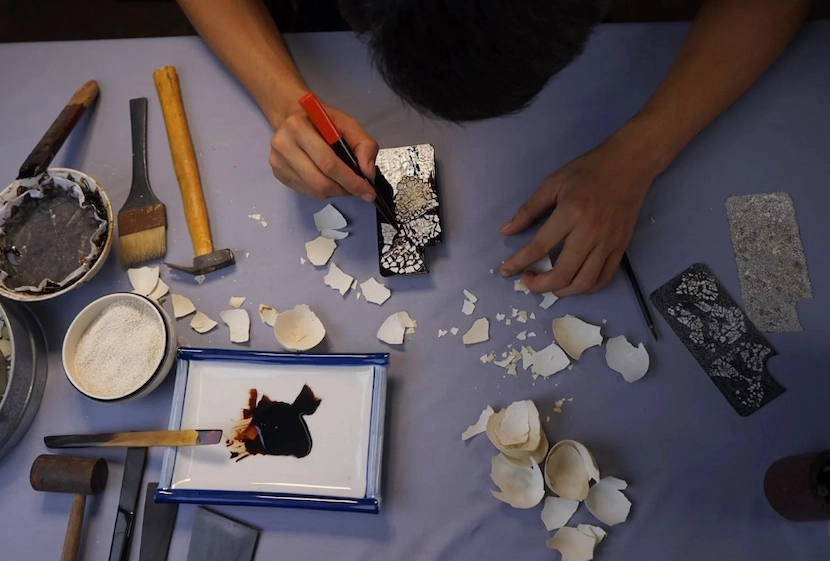
The artist will use eggshells to create different shades for the painting. Photo: lasonmai.vn.
The work is more difficult when making statues and furniture such as the upper altar, horizontal lacquered board, couplets board, etc. The craftsmen have to work in a closed room and shield curtains around to prevent the wind from blowing the materials like golden sheet, silver sheet, or prevent dust from sticking into wet paint.
2.3. Sanding and polishing
Because the varnish has been tinted to paint, the gloss sinks in the colour to create the depth of the picture, so after each painting, it must be sharpened. The ancients used dried banana leaves as sanding paper. Up to now, nothing can replace the manual method because lacquer painting is not allowed to be coated with varnish. That is the unique point of lacquer painting. The success of a lacquer painting depends greatly on the final stage. There are a number of things to sand and polish like: finely ground charcoal, tangled hair, chicken liver stones, etc.
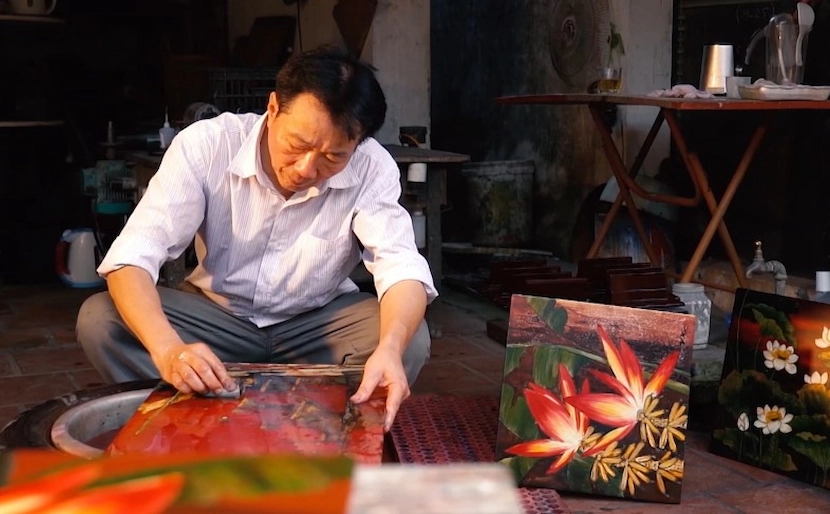
Crafting exquisite lacquer works requires the artist to sacrifice many things, including his health. Photo: Vietnam Journey
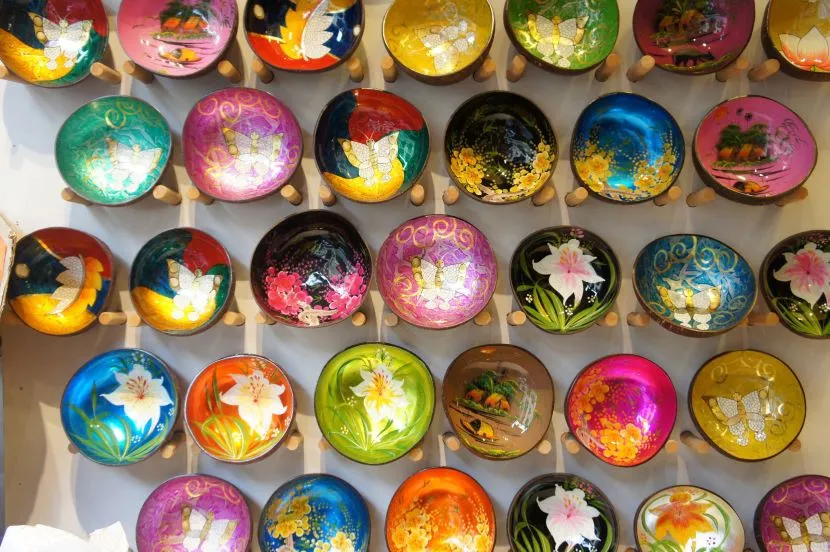
Lacquer bowl decorated with elegant patterns
3. Traditional materials and techniques of lacquering
3.1. Traditional materials
Ha Thai lacquerware is painted with Japanese paint, which minimises the side effect on the product quality. In addition, the quality of the painting is highly dependent on weather conditions. When the weather is wet, Vietnamese paint dries quickly; if the weather is dry, the paint takes a long time to dry. Therefore, Vietnamese paint is rarely used in countries with dry climates. As for Japanese paint, it dries quickly, so anyone who wants to paint in temperate countries can do it easily. Japanese paint gives a beautiful appearance to paintings. People usually cover the outside of the paintings with a layer of crystal paint.
If Ha Thai lacquer painting uses local paint, just take some tangled hair and rub it on the painting or rub it with wet hands, the painting will be shiny.
3.2. Lacquer technique
The lacquer technique is not only applied to the production of Ha Thai lacquer paintings but is also used to make high-class furniture such as tables, chairs, beds, and cabinets… Pottery combining lacquer is currently a popular product in many countries. A beautiful Ha Thai lacquer painting has very fresh colours. Every family has a secret for mixing the paint colour. The paint mixture plays an important role in the success of Ha Thai lacquer paintings, therefore, the paint preparation stage still requires good skills. The painter needs to have experience baking the paint, thickening the paint and testing the paint.
The Ha Thai lacquer village, which is more than 200 years old, is now well-known not only in Vietnam but also in the world. Ha Thai lacquer paintings can be found on sale in many European countries, be decorated in many houses and have received praise from both domestic and foreign customers. If you have a chance to visit Vietnam, why not drop a visit to Ha Thai lacquer craft village to learn more about this unique craft culture. Your friends and relatives will also be happy if you have a lacquerware souvenir for their beautiful home interior.
If you would like to plan a visit to this lacquer village, don't hesitate to send us an inquiry to [email protected], our travel consultants are always ready to create an unforgettable trip for you. Additionally, the author would love to hear from readers like you; feel free to leave your comment below.
See more about Vietnam:
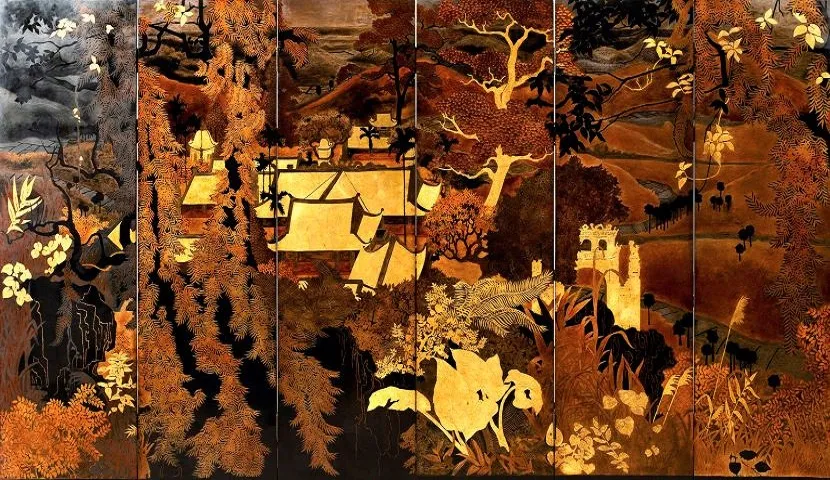







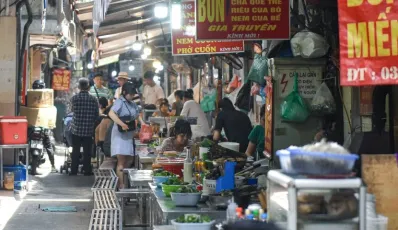
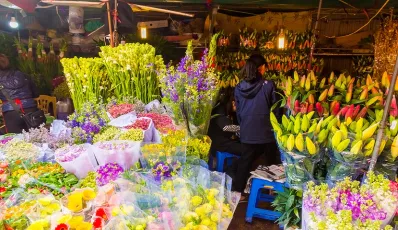


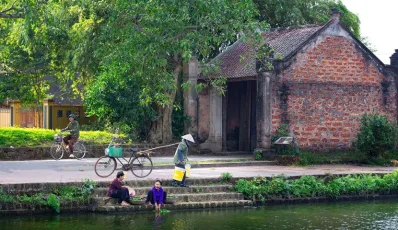
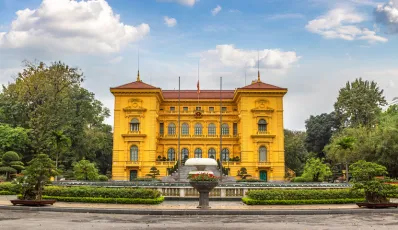

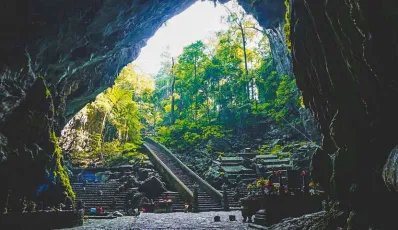
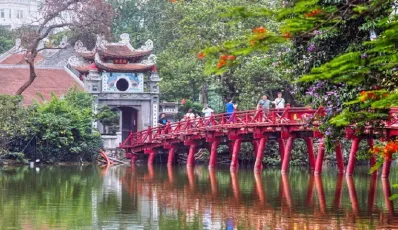




 TRAVELERS' CHOICE 2025
TRAVELERS' CHOICE 2025 



04 Comments
United States
Vietnam
France
Vietnam
Write Reply